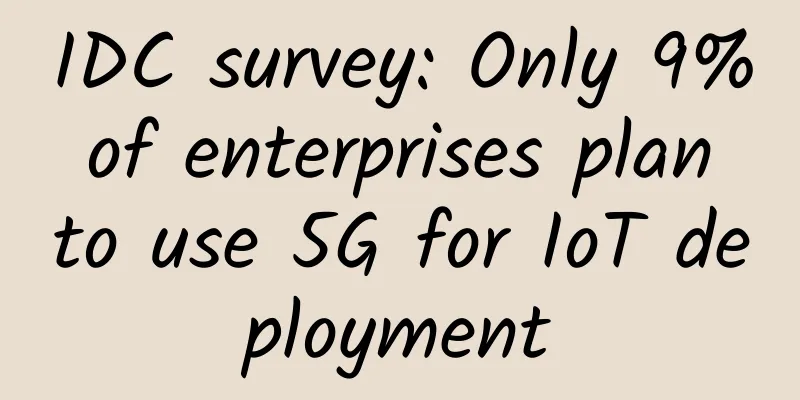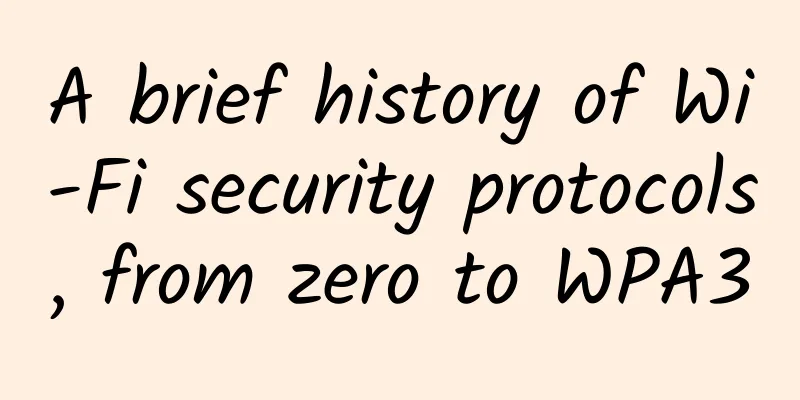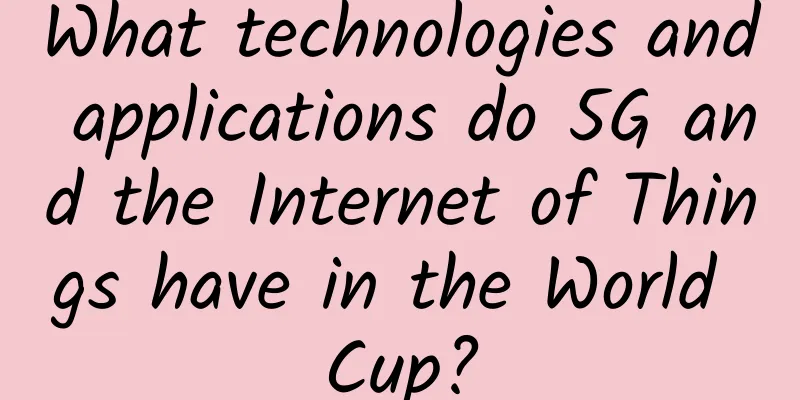IDC survey: Only 9% of enterprises plan to use 5G for IoT deployment

|
5G promises to be ten times faster than existing LTE networks and could enable IoT systems to share data faster than ever before. However, a new IDC survey shows that IoT stakeholders are skeptical about 5G's real-world potential. Organizations are also concerned about managing IoT-related spending and whether there are enough development tools and APIs to accommodate these initiatives. According to the report “Simplifying Connectivity Management for Success in Cellular IoT,” authored by Stacy Crook, research director for IoT at IDC, as many as 75% of IoT devices with cellular connectivity today are not mobile.
5G, touted as the next generation of cellular technology, is the latest in a series of wireless communication systems used since the 1980s and the driving force behind this expansion. 5G is completely data-centric and developed for a highly integrated society, offering higher speeds and more reliable connections. Sensors and other devices connect to the internet via cellular IoT, which leverages the same cellular services as smartphones. Ericsson said the total number of cellular IoT connections will grow at a compound annual growth rate of 23%, from 1.6 billion in 2020 to 5.4 billion in 2026. It takes a lot of effort to roll out and scale cellular-connected devices globally, and some manufacturers don’t fully understand how to traverse the cellular networks because multiple network providers operate under different IT systems around the world. For any device, it must have seamless integration. According to Crook, 79% of organizations intend to use 4G for cellular IoT installations, and only 9% plan to use 5G. Here are some of the opinions expressed by respondents on 5G services:
Survey InsightsThere is no doubt that the advent of IoT devices has pushed us into uncharted territory. On the other hand, using a single software platform, a single control panel, and a single set of integrated tools will reduce technical and business challenges, enabling seamless connectivity, which is critical to product success. However, according to information collected by IDC, the main obstacles to the growth of the IoT industry are:
Another issue with mobile IoT projects is cost, with 65% of businesses having to pay for data overspending and waste. Managing numerous mobile operators, and the complexity of the associated bills, is a significant issue. When determining total cost of ownership, Crook advises organizations dealing with IoT cellular devices to consider scalability, ensure global visibility and control, and factor in logistics operations related to data charges, connectivity, time to market and installation testing activities. Here are the three most important use cases the research found across all verticals:
Enterprises manage a large number of IoT devices. The average deployment size is 1,700 people. In large enterprises, this number is 6,300. |
>>: Six ways to use fusion positioning technology in one article
Recommend
Among China Mobile, China Unicom and China Telecom, which 100M broadband is more reliable and cost-effective?
Currently, 100M fiber-optic access to homes has b...
Agency: U.S. wireless carriers' capital expenditures are expected to increase significantly to $35 billion in 2021
Wall Street analysts at Deutsche Bank's resea...
With the support of "new infrastructure", 5G helps industrial Internet enter the fast lane
2020 is a year full of "dangers" and &q...
Singapore to shut down 3G and reallocate spectrum for 5G
Singapore will shut down its 3G network in July n...
Hacking Bitcoin and the Blockchain
Turn on the TV or read a tech blog, and you will ...
The winner of Huawei Ecosystem Partner Elite Competition is finally revealed, and the cloud ecosystem embarks on a new journey
[51CTO.com original article] On October 28, after...
Wenku: 5G terminal connections have exceeded 200 million
On December 24, 2020, at a press conference held ...
Germany's attitude suddenly changes, may the new bill exclude Huawei 5G in disguise?
Since 5G was officially put into commercial use i...
Unexpectedly, China Unicom is the biggest loser in number portability
It is said that China Mobile has announced that t...
iPerf3 Tutorial: The Ultimate Tool for Easily Evaluating Network Performance
1. Introduction to iPerf3 iPerf3 is a widely used...
RAKsmart: Bare metal servers in the US/Japan/Hong Kong starting from $49/month, 35% off for first order of bare metal cloud/VPS/cloud server for new users
RAKsmart has some new changes in this month's...
How to eliminate 5G network blind spots in rural areas?
The vast rural areas are also a key link in the c...
10gbiz: Hong Kong/Japan/US/Singapore Bare Metal Server 34% off for the first month and 35% off for renewal starting at $39.44 USD, E5-2620, 32G memory, 1TB SSD
In addition to discounts for VPS hosts, 10gbiz al...
Performance Agreement: API Rate Limit
Rate limiting is a key control mechanism used to ...
Brocade Expands Data Center Networking Solutions to Accelerate Digital Transformation
Brocade today announced the expansion of the Broc...









